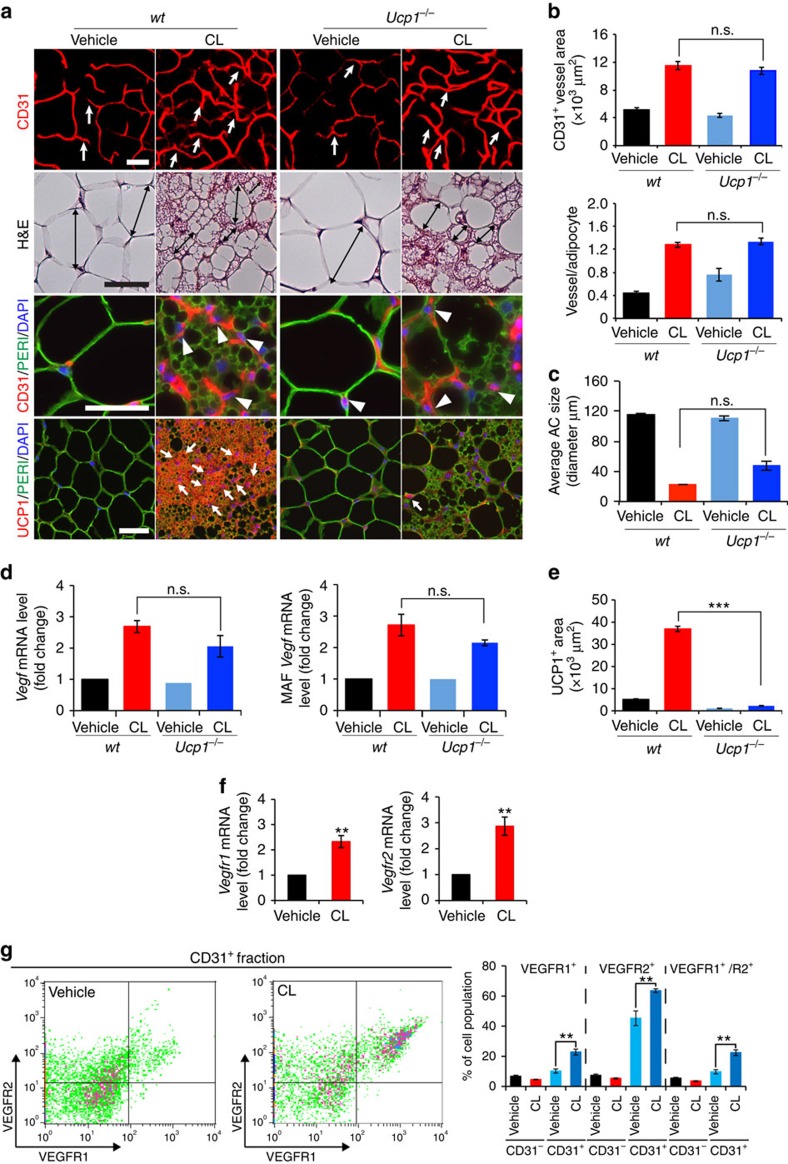Figure 2. CL induces UCP1-independent adipose angiogenesis and upregulates VEGFR expression levels.
(a) Microvessels (CD31+ red), adipocyte morphology (H&E; perilipin+ green), and UCP1 expression (UCP1+ red) of vehicle- and CL-gWAT in wt and Ucp1−/− mice. White arrows and arrowheads in upper three panels point to microvessels. Arrows in the lowest row of panels indicate UCP1-positive signals. Double-arrowed bars mark adipocyte diameter. n=5 mice for each wt and Ucp1−/− group. (b) Quantification of microvessel density in vehicle- and CL-treated wt and Ucp1−/− mice (n=10 random fields; n=5 mice for each group). (c) Quantification of the average adipocyte size (>30 adipocytes/field; n=10 random fields; n=5 mice for each group). (d) Vegf mRNA expression levels in vehicle- and CL-treated total gWAT (left) and MAF (right) samples in wt and Ucp1−/− mice (n=10 samples for each group). (e) Quantification of UCP1-positive signals (n=10 random fields; n=5 mice for each group). (f) Vegfr1 and Vegfr2 mRNA expression levels in vehicle- and CL-treated total gWAT samples in wt mice (n=10 samples for each group). (g) FACS analysis of VEGFR1 and VEGFR2 expression levels in CD31+ and CD31− ECs isolated from vehicle- and CL-treated gWAT in wt mice (n=5 samples for each group). All scale bars, 50 μm. **P<0.01; ***P<0.001 by two-sided unpaired t-test. Data presented as mean±s.e.m. n.s., not significant.

